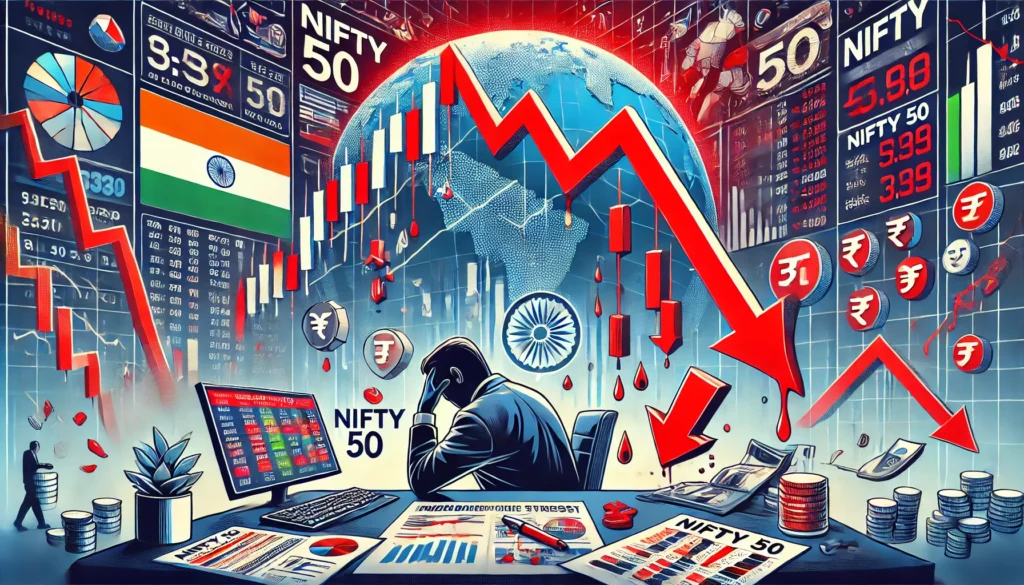Buyers and sellers interact to form a price within financial markets as complex systems. Nonetheless, some market movements might be caused by manipulative measures meant to confuse investors and make profit opportunities to a few. Market manipulation comes in a variety of ways including the most widely known like Pump & Dump and Short Squeeze Spoofing. Strategies of this nature are imperatively important for investors so that they do not fall under the trap of some tricks.
Pump & Dump Scheme
A method called the Pump & Dump scheme entails driving up the price of an asset through the use of lies or misleading hype for the sake of stock and crypto assets. As soon as a stock or other asset draws considerable interest, and its cost meets the predicted level, these people sell their stock and a massive asset sell-off takes place which brings the cost down, leaving unknowing investors betwixt.
How It Works
Promotion: Through social media, emails, and forums, positive sentiment about the asset is created, which is known as promotion. Hype is created around it.
Buying Frenzy: Whenever retail investors rush to buy their demand surges causing the price to increase.
Dumping: This leads to a peak in price for a time period. After that peak the insiders sell their shares which causes a dramatic stage decline in the price.
Collapse: There comes a time when there is no longer demand and the price of the asset begins to crash, leaving newer investors with an asset which has considerably less value than what they originally paid for it.
Notable Examples
Wolf of Wall Street (1990s): Jordan Belfort and his firm Stratton Oakmont engaged in the notorious Pump and Dump schemes, setting the price of stock at an artificially high level before selling out their stake leading many other investors to incur losses.
Crypto Pump & Dumps: A number of well-known cryptocurrencies have been victims of coordinated Pump and Dump schemes where fake groups inflate the trading volume and price to manipulate it for profit.
Squeezes in Short Selling: Forcing a Surge in Price
When short sellers—people who are betting on the price of the stock going down—are required to buy stock at a higher price to cover their positions because they have to sell, that is called a short squeeze. The immense buying that takes place due to this resets prices which then propels movements in the opposite direction and captures those who put bets against the stock.



